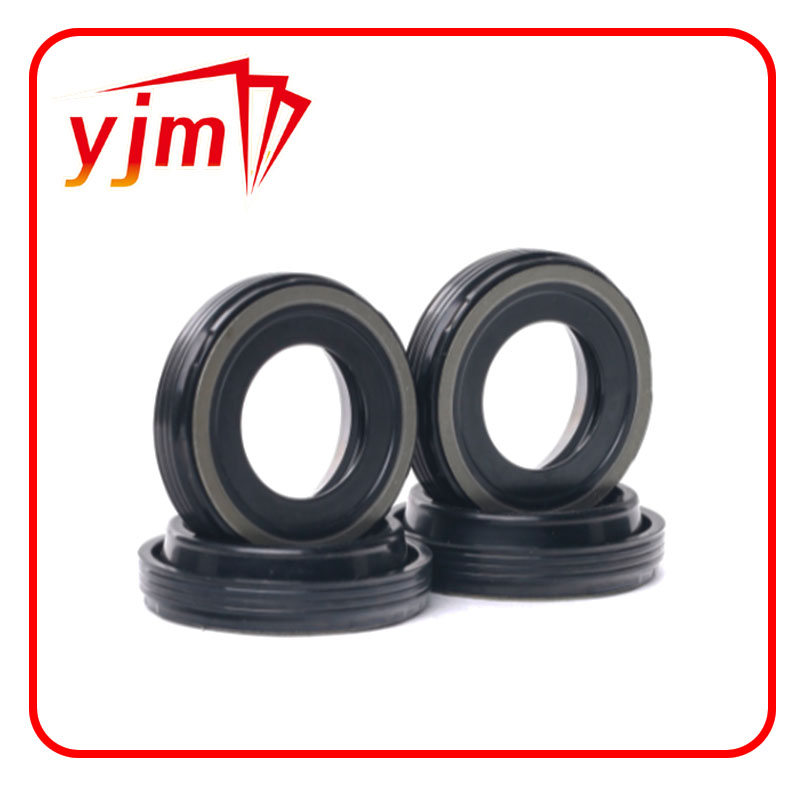Understanding Transmission Axle Seals and Their Importance for Vehicle Performance
Understanding Transmission Axle Seals Importance, Maintenance, and Replacement
In the complex world of vehicle components, transmission axle seals play a crucial yet often overlooked role. These seals are essential for ensuring the smooth operation of both the transmission and the axle, serving as barriers that keep lubricants in and dirt or water out. Understanding their significance, maintenance requirements, and replacement process can save vehicle owners time, money, and unnecessary complications down the road.
What is a Transmission Axle Seal?
A transmission axle seal is a circular piece usually made from rubber or synthetic materials, designed to fit snugly around the axle or shaft. Its primary function is to prevent transmission fluid from leaking and to keep contaminants from entering the transmission system. Transmission systems operate under high pressure and temperatures, making the integrity of these seals vital for the longevity and performance of the vehicle.
Importance of Transmission Axle Seals
1. Fluid Retention The transmission system relies heavily on transmission fluid for lubrication, which reduces friction between moving parts, ensuring efficient operation. A damaged or worn seal can lead to fluid leakage, resulting in low fluid levels that can cause overheating, gear slipping, or complete transmission failure.
2. Contamination Prevention Dust, dirt, and moisture can enter the transmission if seals are compromised. Contaminated fluid can lead to premature wear on gears and bearings, resulting in costly repairs or replacements.
3. Vehicle Performance An intact axle seal contributes to the overall performance of the vehicle. Without proper lubrication, the transmission may struggle to shift properly, leading to erratic driving behavior, which can be frustrating and even dangerous.
Signs of a Failing Transmission Axle Seal
Awareness of potential problems is critical for every vehicle owner. Here are some common signs that an axle seal may need attention
- Fluid Leaks One of the most noticeable signs is the presence of transmission fluid pooling under the vehicle
. Transmission fluid is typically a reddish color and has a distinct, oily smell.- Low Transmission Fluid Levels Regularly checking transmission fluid levels is essential. If levels continue to drop without apparent reason, it might indicate a leak through a damaged seal.
transmission axle seal

- Overheating Transmission If the transmission begins to overheat, it may be due to inadequate fluid levels resulting from a seal leak.
- Unusual Noise Grinding, whining, or clunking noises while shifting gears can indicate that the transmission is not receiving sufficient lubrication, possibly due to a failing seal.
Maintenance and Replacement
Regular maintenance can prolong the life of your vehicle's transmission axle seals. Here are some tips
- Routine Inspections Regularly inspect your vehicle for signs of fluid leaks or contamination. It’s wise to get professional assessments during routine maintenance checks.
- Fluid Changes Changing the transmission fluid as per manufacturer recommendations helps maintain the integrity of seals and ensures optimal performance. Old fluid can degrade seals over time.
- Environment Awareness Factors such as driving conditions, climate, and vehicle usage can impact the lifespan of axle seals. Vehicles that often navigate dirt roads or face extreme temperatures may require more frequent checks.
If you do identify a failing seal, timely replacement is crucial to prevent further damage. The replacement process usually involves
1. Diagnosis A mechanic will identify the source of the leak and determine if the axle seal is indeed the issue. 2. Removal of Components Depending on the vehicle model, accessing the axle seal may require removing other components like the CV joint or wheel hub.
3. Seal Replacement The old seal is removed, and a new seal is installed. It's important to ensure the new seal is compatible with your vehicle's specifications.
4. Fluid Refill and Test Once replaced, the transmission fluid needs to be refilled, and the system is tested for leaks.
In conclusion, transmission axle seals are vital components that contribute significantly to the performance and longevity of your vehicle's transmission system. By understanding their function, monitoring for signs of wear, and conducting regular maintenance, vehicle owners can protect their investment and ensure a smooth driving experience. Regular vigilance can prevent small issues from escalating into costly repairs, allowing you to enjoy your vehicle without worry.
-
The Ultimate Guide to Car Repair Kits: Tools and Essentials Every Driver Should Own
News Aug.01,2025
-
The Complete Guide to Oil Pan Gaskets: Sealing Engine Leaks the Right Way
News Aug.01,2025
-
Preventing Oil Leaks: A Complete Guide to Oil Pan Gaskets and Drain Seals
News Aug.01,2025
-
Everything You Need to Know About Oil Pan Gaskets and Drain Plug Seals
News Aug.01,2025
-
Essential for Car Owners: How to Use a Car Repair Kit to Deal with Minor Breakdown
News Aug.01,2025
-
Comprehensive Guide to Engine Oil Sump Gaskets and Related Seals
News Aug.01,2025
-
The Ultimate Guide to Boat Propeller Bearings and Trailer Wheel Bearings
News Jul.31,2025
Products categories















